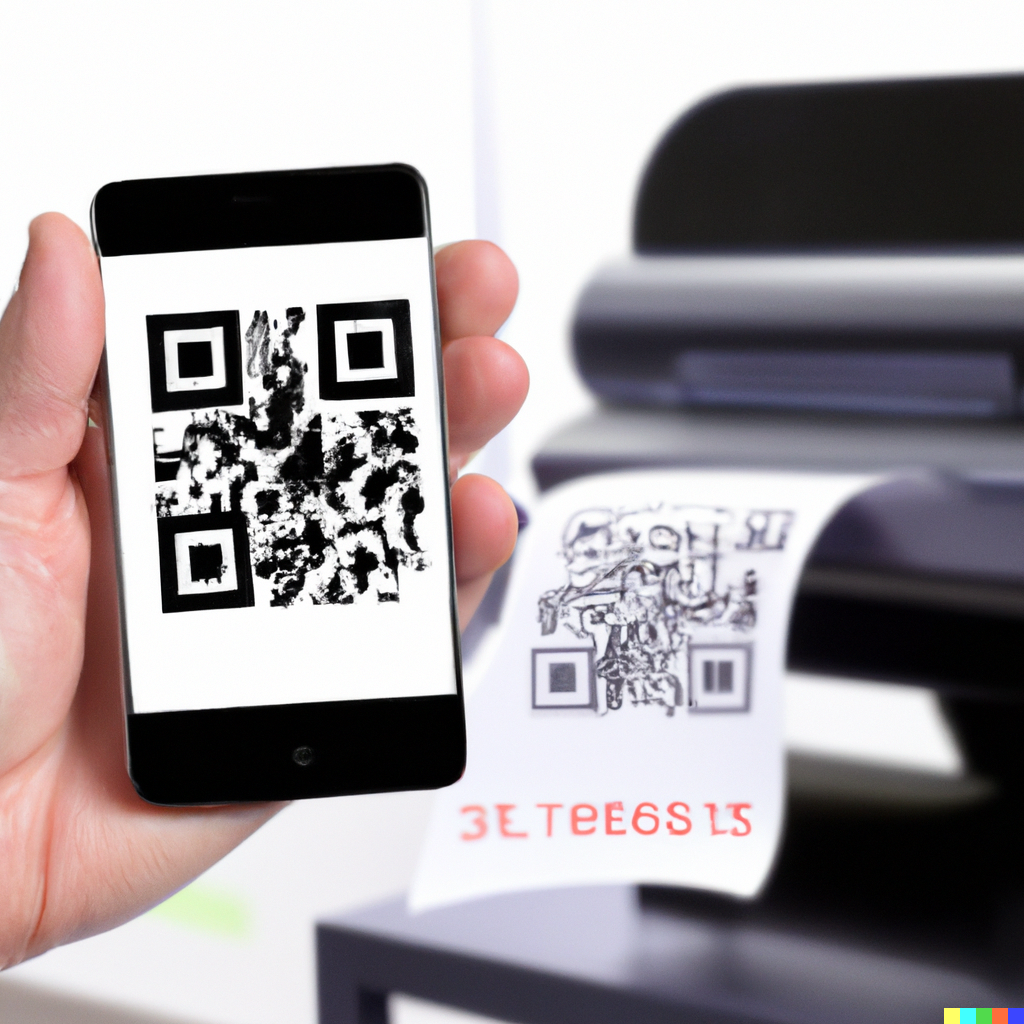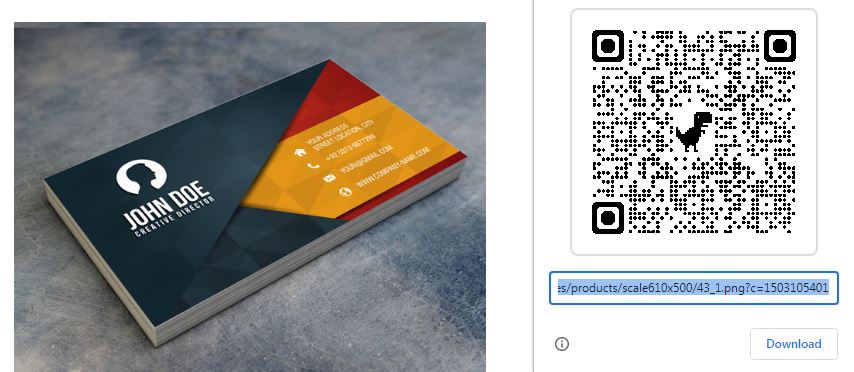
A Comprehensive Guide to QR Code Printing
QR codes have become integral tools for businesses worldwide. From providing product information to linking to websites or apps, they offer a seamless blend of the physical and digital worlds. This article will dive deep into QR code printing, offering tips and guides on how to create custom QR code designs for business cards and other applications.
Understanding QR Codes
QR, or Quick Response codes, are matrix barcodes that can be read using smartphones and tablet devices. They store information, like URLs or text, and have found a variety of uses in the business world, including:
- Marketing campaigns: QR codes can direct customers to specific web pages or promotional content.
- Business cards: When it comes to business cards, QR codes can link to a portfolio, LinkedIn profile or company website.
- Product Packaging: QR codes on packaging can provide additional product information or instructions
Creating a QR Code
There are numerous online platforms available that can generate QR codes. Some popular options include QR Code Generator, QRStuff and QRTiger. The process typically involves:
- Choosing the type of content you want to link (URL, text, email, etc.).
- Inputting the content into the generator.
- Customizing the design (if desired).
- Downloading the generated code.
Remember, it’s essential to test your QR code with multiple devices to ensure it works correctly before printing.

Custom Designs for Business Cards
Believe it or not, QR codes don’t have to be monochronic (black and white) squares. You can pour in your brand colours, and with some creativity, they can be visually appealing and blend seamlessly with your business card design. Here’s how:
- Use Custom Colours: Match the colour of your QR code with your brand palette. What you must do is ensure there’s a high contrast between the code and its background for easy scanning.
- Incorporate your Logo: Some QR code generators allow you to place a small logo or image in the centre of the code, which will create a perfect mixture between the two.
- Custom Shapes: You don’t have to be a square (pun intended!). Instead of the standard shape, you can go with something different like using circles or diamonds. The only thing to keep in mind is to ensure not to distort the code, as it might become unreadable.
Tips for QR Code Printing
When it comes to printing your QR codes, there are several factors to consider to ensure they’re readable and effective:
- Size Matters: The size of your QR code will impact its readability. As a general rule of thumb, the QR code should be no smaller than 1 x 1 cm. For business cards, a size of 2.5 x 2.5cm is ideal.
- Quality is Key: Always print your QR codes in high resolution. Blurry or pixelated codes will be hard to scan.
- Contrast is Crucial: Ensure there’s a high contrast between the QR code and its background. Dark codes on a light background work best.
- Material Consideration: The material on which the QR code is printed can also impact its scannability. Glossy surfaces may cause glare, making it hard to scan the code.
QR Code Printing Services
If you’re not comfortable printing QR codes yourself, there are various printing services that specialise in this area. These services will ensure the codes are printed in high resolution and are easily scannable.
Dynamic QR Codes
Dynamic QR codes are editable, meaning the information they link to can be changed at any time without altering the code itself. They also provide tracking capabilities, offering valuable insights into when and where the code was scanned, the device used and more.
When it comes to printing, dynamic codes offer flexibility. For instance, a restaurant can print a dynamic QR code on their menus that initially links to a welcome video. Later, without needing to reprint the menus, they could update the link to a special promotion or a new seasonal menu.
Static QR Codes
Static QR codes, on the other hand, do not have editing capability. Once they’re created, the information they contain is fixed. This doesn’t make them less useful, though. They’re perfect for permanent information, like a link to a company’s homepage on a business card.
The key point to remember when printing static QR codes is that they’re unchangeable. If the linked information needs to be updated, new QR codes must be printed.

QR Codes on Product Labels
QR codes on product labels serve as a direct communication channel between brands and consumers. They can:
- Provide detailed product information.
- Offer user manuals or how-to videos.
- Link to loyalty programs or promotional campaigns.
These uses are especially beneficial in industries with complex products or where additional information can enhance the user experience.
Industries Leveraging QR Code Printing
The applications of QR codes extend to virtually every industry. In the fashion industry, a QR code on a tag can reveal a garment’s origin, materials and care instructions.
In real estate, a QR code on a for-sale sign can provide a virtual tour of the property.

In the food industry, QR codes on packaging can provide nutritional information, recipes using the product or the source of ingredients. For example, a QR code on a jar of organic peanut butter could link to a page detailing the product’s journey from farm to shelf, reinforcing the brand’s commitment to transparency and quality.
The beverage industry, particularly the wine sector, has been innovative with QR codes. A QR code on a wine bottle can share the story of the vineyard, tasting notes and food pairing suggestions.
In the age of information, QR codes are a powerful tool to connect businesses and consumers. Whether dynamic or static, their ability to link to a wealth of information, their versatility, and ease of use make them a staple in modern marketing and customer engagement strategies. By integrating QR codes into your printing processes, you can enhance your brand’s communication and elevate the consumer experience.
The Future of QR Codes
QR codes are more than a passing trend. They offer a bridge between physical and digital marketing, and their use is only expected to grow in the future. By understanding how to effectively create and print them, businesses can leverage this powerful tool to connect with their audience in innovative ways.
QR code printing is an art that requires careful thought and execution. By following these guidelines and tips, you can create effective, custom codes that resonate with your brand and meet your business needs. From marketing campaigns to business cards and product packaging, the applications are endless. With careful design and precise printing, your QR codes can be a powerful tool in your business arsenal.

